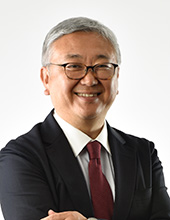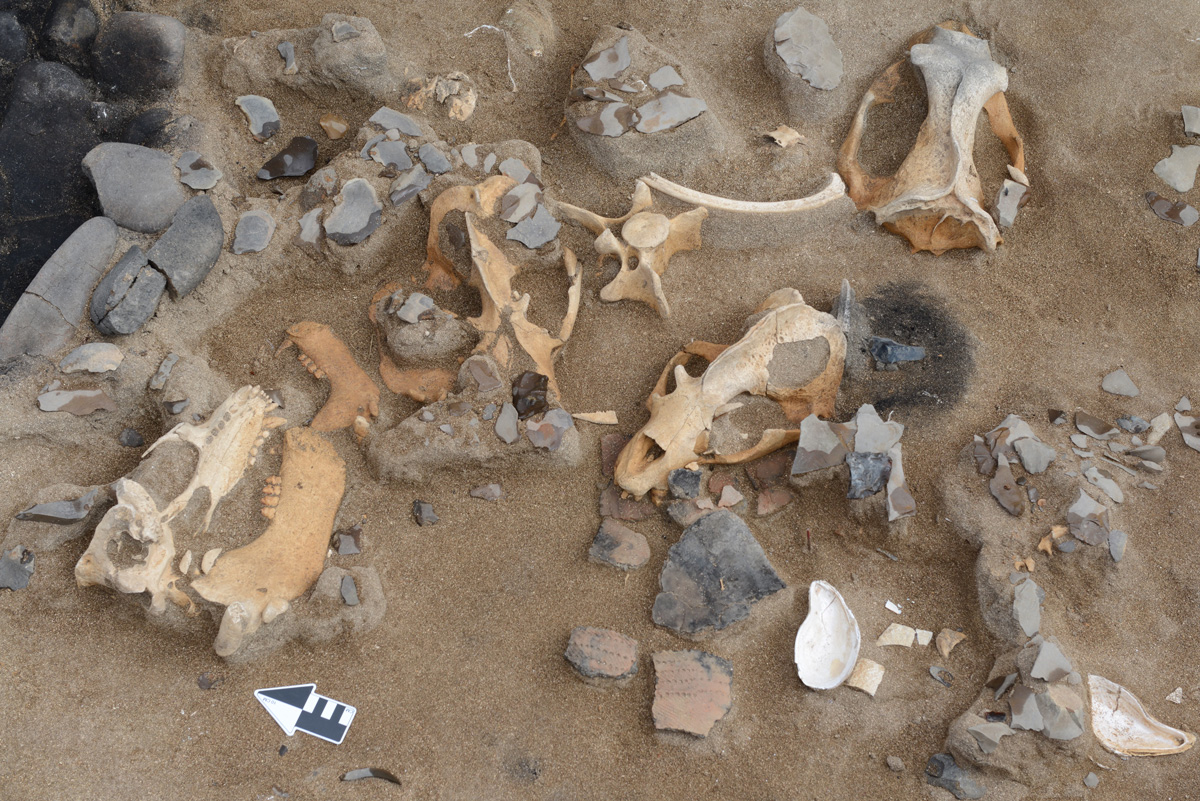
Hirofumi KATO
Principal Investigator
Professor, Center for Ainu and Indigenous Studies, Hokkaido University
I have conducted prehistoric archaeology and research in Siberia and Hokkaido. In recent years, I have also been involved in Indigenous archaeology, which considers the relationship between Indigenous peoples and archaeology. In this project, I intend to clarify the formation process of prehistoric populations and the dynamics of their culture on the Hokkaido Island.
In Group B02, we would also like to focus on developing new research methods to clarify the correlation between human and the natural environment, and on field schools to train young researchers.
Team Members and Research Themes
- Sachiko UCHIYAMA: Co-researcher
Professor, Faculty of International Cultural Studies, Tokai University
Zooarchaeological Studies on domestic animals in Hokkaido Island. - Kenji SUZUKI: Co-researcher
Assistant to the Office Manager, National Museum of Ainu People
Historical ethnological study on the formation process of Ainu culture. - Tsuyoshi WATANABE
Senior Lecturer, Department of Earth and Planetary Sciences, Hokkaido University
Paleoenvironmental reconstructions based on paleoenvironmental reconstruction indicator.
Outline of Research
The dynamics of human migration and dispersal on Hokkaido Island have shown that prehistoric human groups and their cultures have been influenced by human migrations northward and southward across the archipelago since the Holocene.
Regional differences within Hokkaido Island are remarkable, as seen in the aspects of pottery culture and settlement patterns in the Jomon culture. In order to understand population and cultural dynamics and their factors, it is essential to identify high-precision environmental changes and human beings' use of resources beyond material culture.
Our research group focuses on turning points in prehistoric cultures based on archaeological information, such as changes in settlement patterns and subsistence activities, and contrasts these with the use of domestic animals from zooarchaeology and palaeo-environmental changes from geo-environmental sciences.
In addition, we will integrate research results from human genetics and isotope science to build a model of the correlation between human activity and environmental change, and to reconstruct population history and culture formation.
At the same time, by integrating the results of other groups' research into the understanding of complexity and environmental adaptation processes, the project will lead to the overall research item B: 'Identifying the diffusion and regionality of prehistoric humans in the Japanese archipelago'. By doing so, we hope to contribute to the "construction of a new academic discipline: integrative bioarchaeology".

